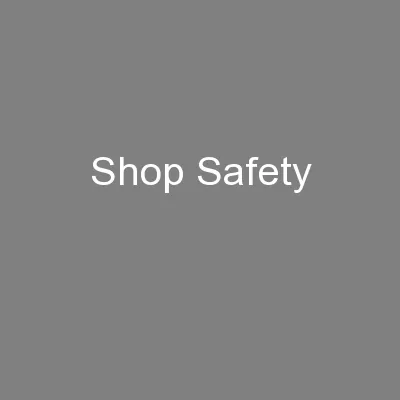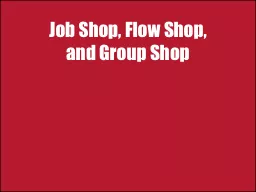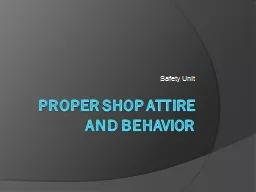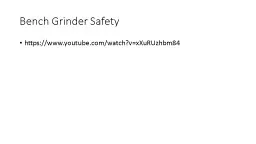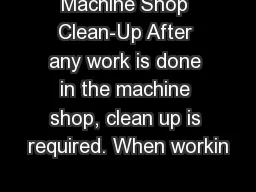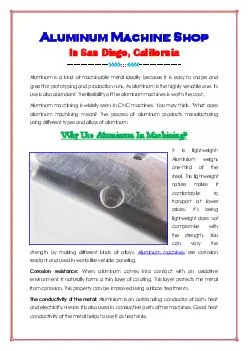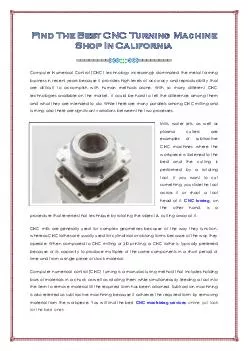PPT-Shop Safety
Author : test | Published Date : 2016-03-02
Eye Glasses Each day about 2000 workers have a jobrelated eye injury that requires medical treatment About one third of the injuries are treated in hospital emergency
Presentation Embed Code
Download Presentation
Download Presentation The PPT/PDF document "Shop Safety" is the property of its rightful owner. Permission is granted to download and print the materials on this website for personal, non-commercial use only, and to display it on your personal computer provided you do not modify the materials and that you retain all copyright notices contained in the materials. By downloading content from our website, you accept the terms of this agreement.
Shop Safety: Transcript
Download Rules Of Document
"Shop Safety"The content belongs to its owner. You may download and print it for personal use, without modification, and keep all copyright notices. By downloading, you agree to these terms.
Related Documents

